A short 7-minute walk from Hasedera temple brings you to the gates of Kōtoku-in. Kōtoku-in is home to perhaps the most impressive monument of Kamakura, the Great Daibutsu. ‘Daibutsu‘ is the Japanese word for “giant Buddha.”
Admission: 200 yen for adults and 150 yen for children.
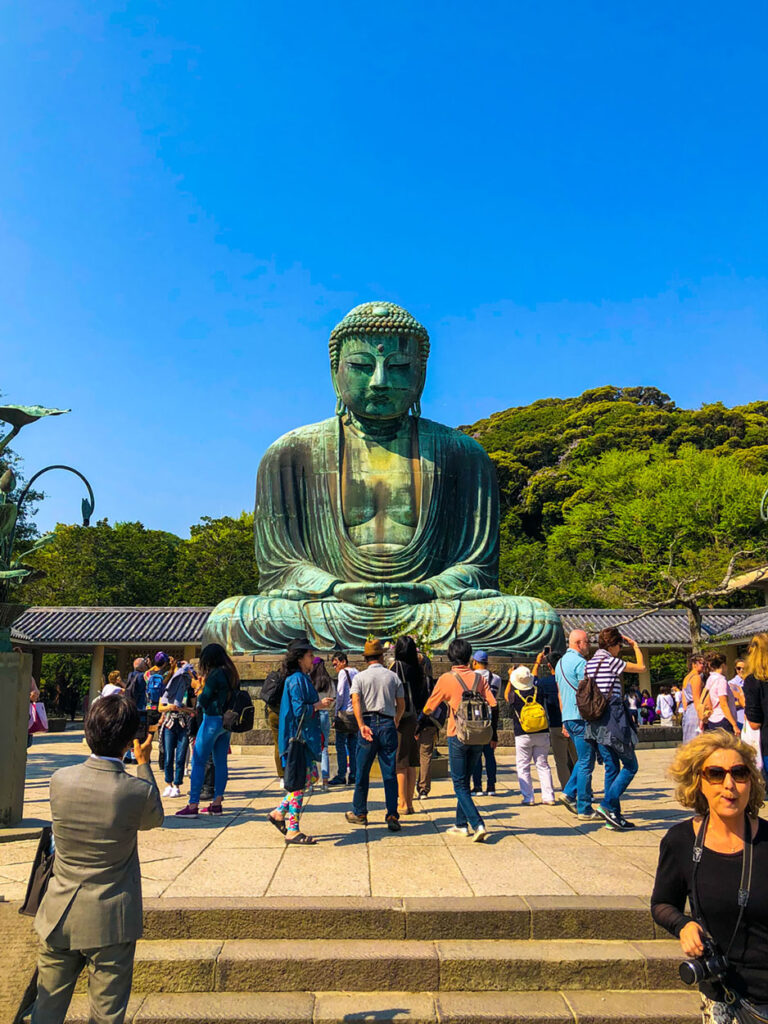
Walking in the front gates, you can immediately see the Buddha rising in front of the mountains in the background. As you enter, there is a plaque that reads: “Stranger, whosoever thou art and whatsoever be thy creed, when thou enterest this sanctuary remember thou treadest upon ground hallowed by the worship of ages. This is the Temple of Buddha and the gate of the eternal, and should therefore be entered with reverence.”
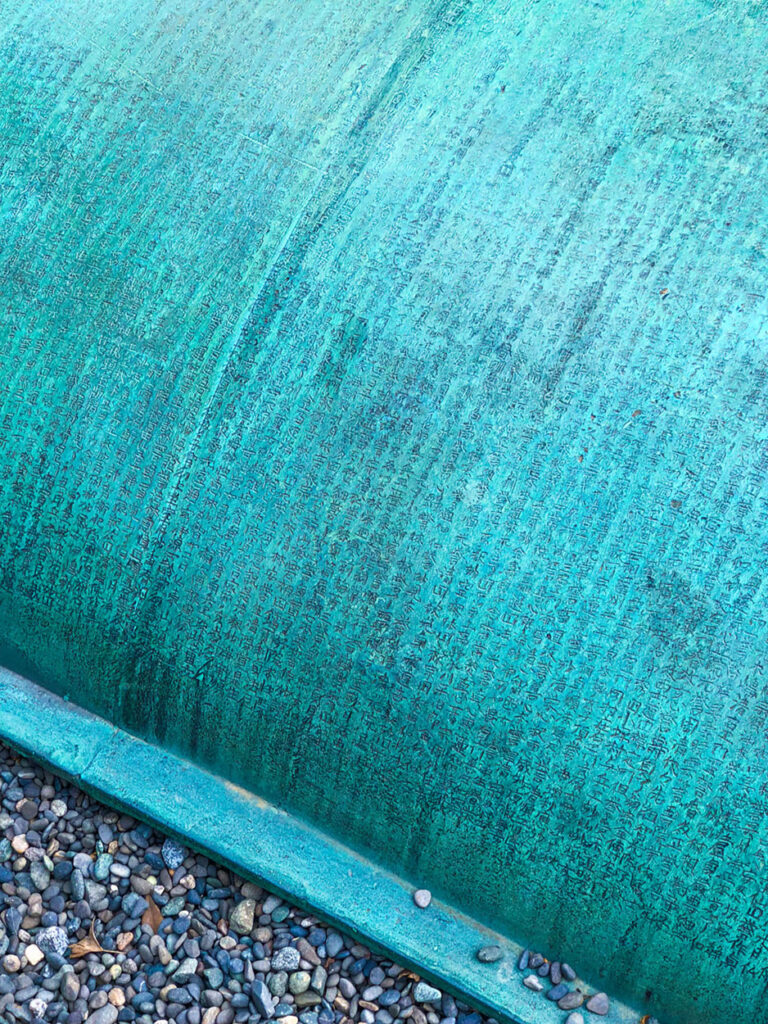
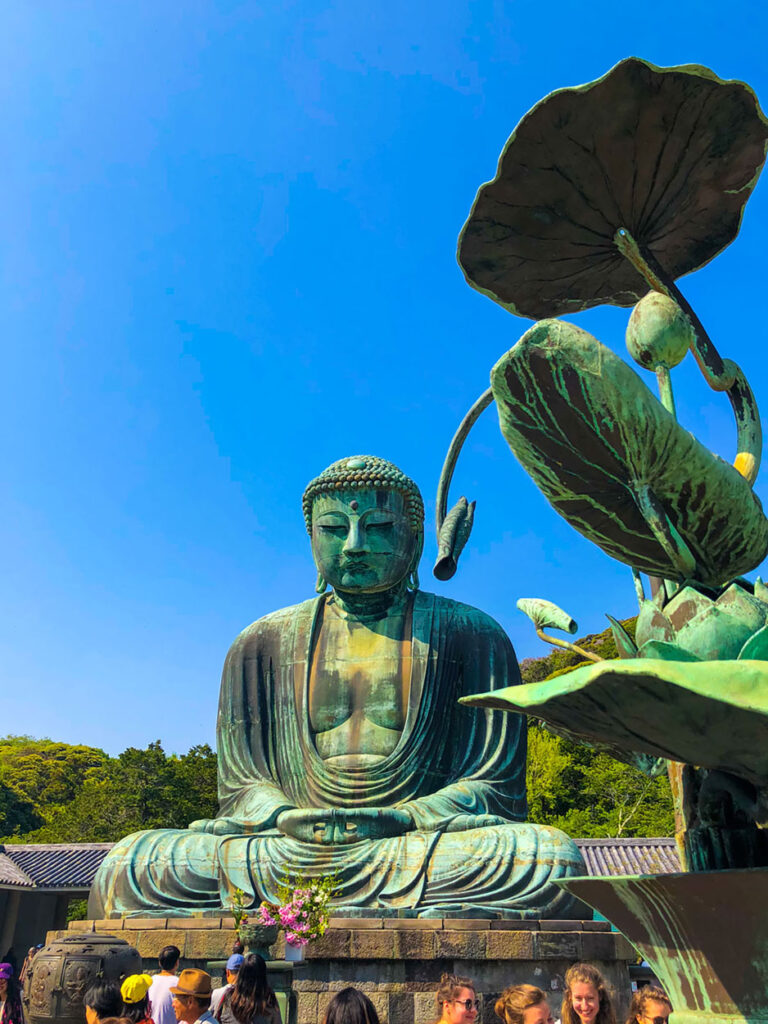
History of the Great Daibutsu
The 43 ft tall bronze statue has been sitting in the same spot since 1252. The first incarnation of the statue was made in wood in 1243. The wooden statue took many years to be completed. But after all that work, the wooden sculpture was destroyed by a great storm in 1248. As a result, a new version was commissioned, and this one was to be made in bronze. The new bronze statue was finally completed in 1252, and it hasn’t moved since. I mean, it weighs 93 tonnes; I don’t think it’s going anywhere.

Originally the Buddha was housed inside a great hall. But year after year, the hall was destroyed by Kamakura’s rough seaside weather. After the most violent storm in 1369, the rebuilding of the hall was abandoned. Since then the statue has remained in the open air. And I think I far prefer it this way. The gorgeous contrast of the bronze buddha against the bright blue sky is one of the most stunning images.
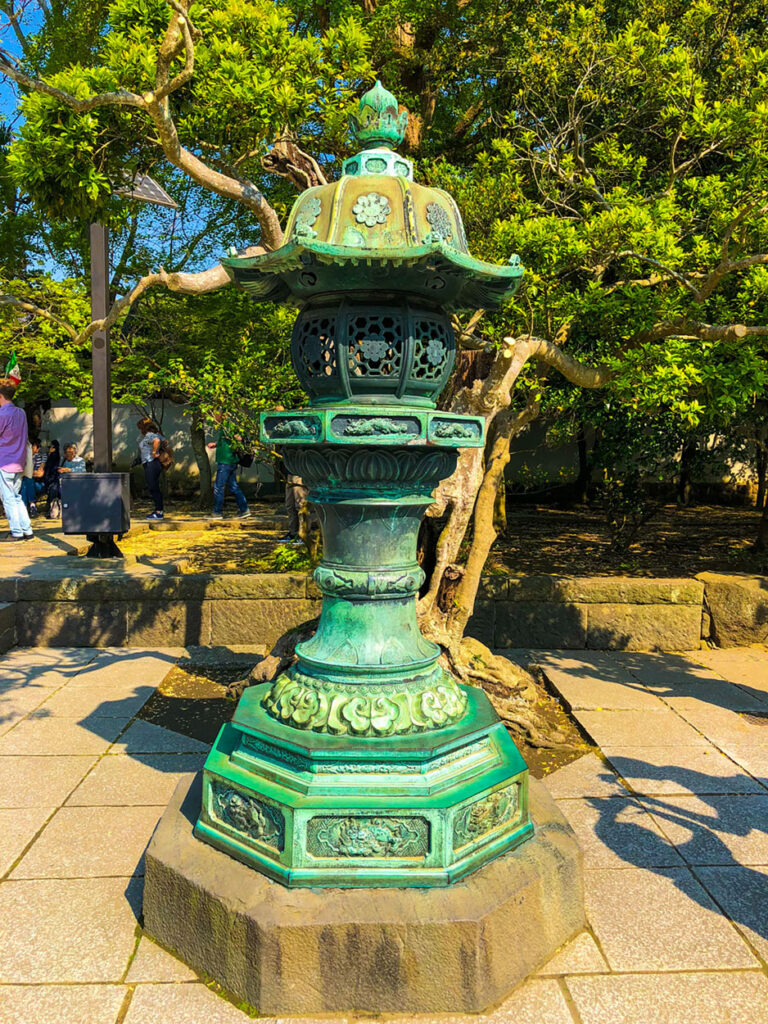
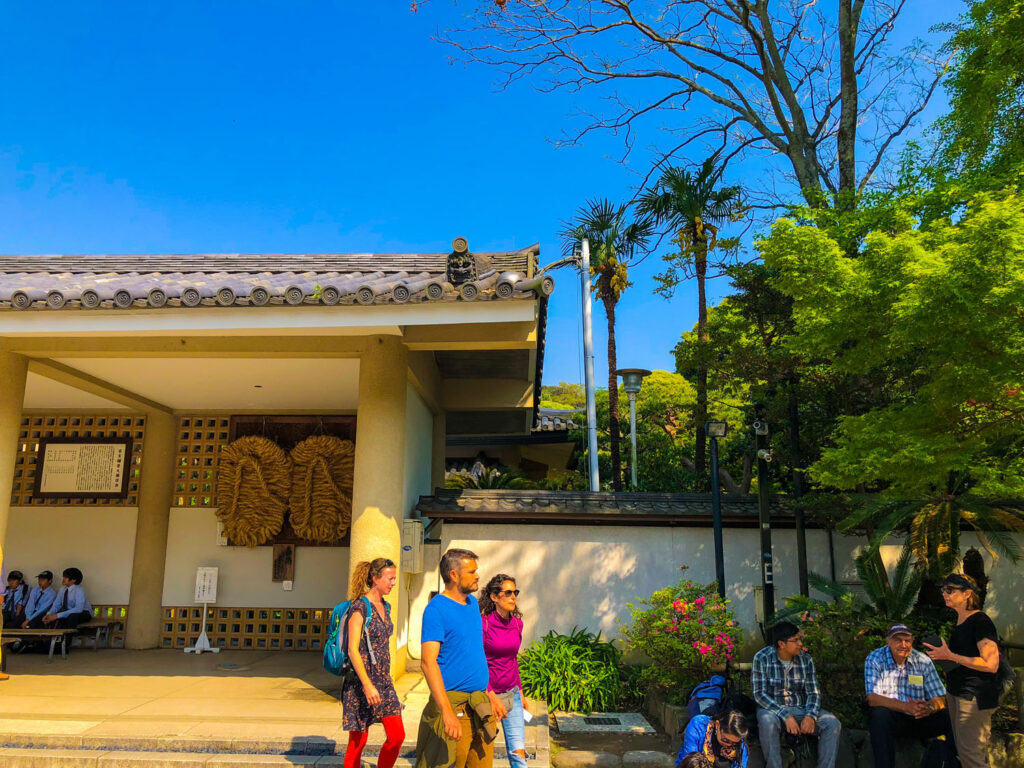
Details of the Buddha
At one point, the great Buddha was covered in gold gilding. Only a few gold pieces remain around the ears and cheeks, the rest lost to the ages. On either side of the Buddha are two incredible carvings of climbing lotus blossoms. Originally there were 10 of these surrounding the Buddha. But the rest were either stolen or lost over time.
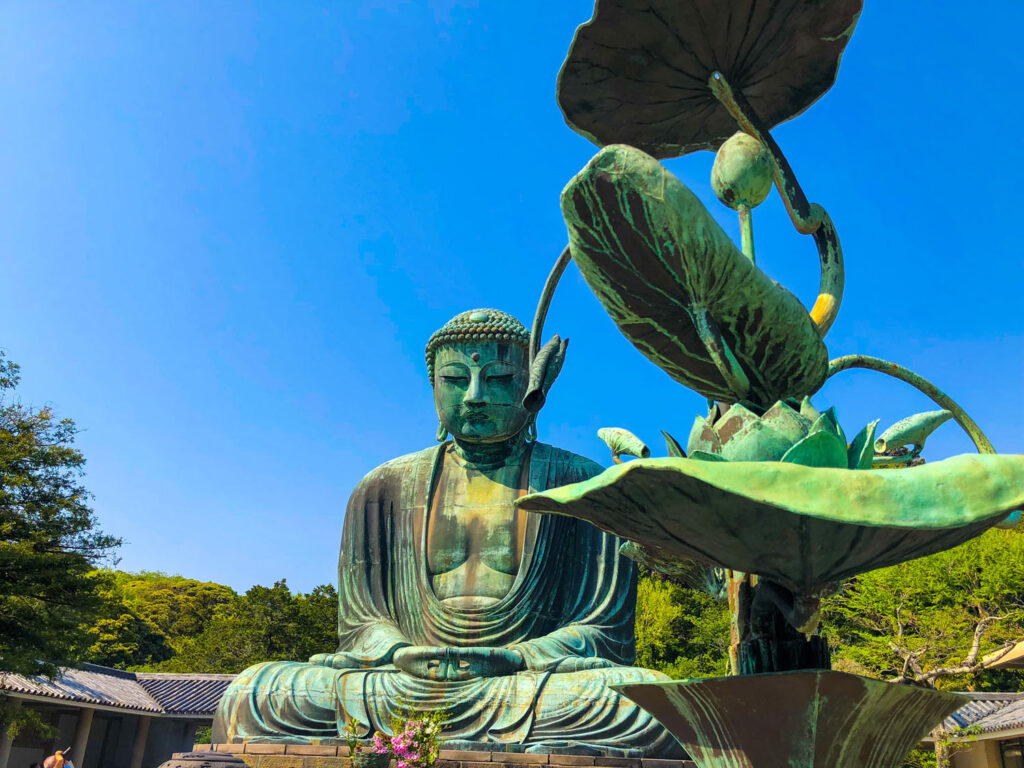
The design of the Buddha was made in the “song style.” This was the prevalent method of sculpture art in the Kamakura period. This style is represented by the bowl-shaped hair strands, a flat, square face, stooped posture and oversized head. The clothes which the Buddha wears over their shoulders are a simple, single piece of fabric. This remains slightly open around the chest as if to express a sliver of mortality. Unlike some Buddha statues, which have a raised hand, this statue sits with its hands on its knees. This is the position of contemplation and grounding. Because the figure is hollow, you can even stick your head inside and get a look at the interior. There is a winding staircase inside the Buddha which was used when creating it and is also used for repairs.
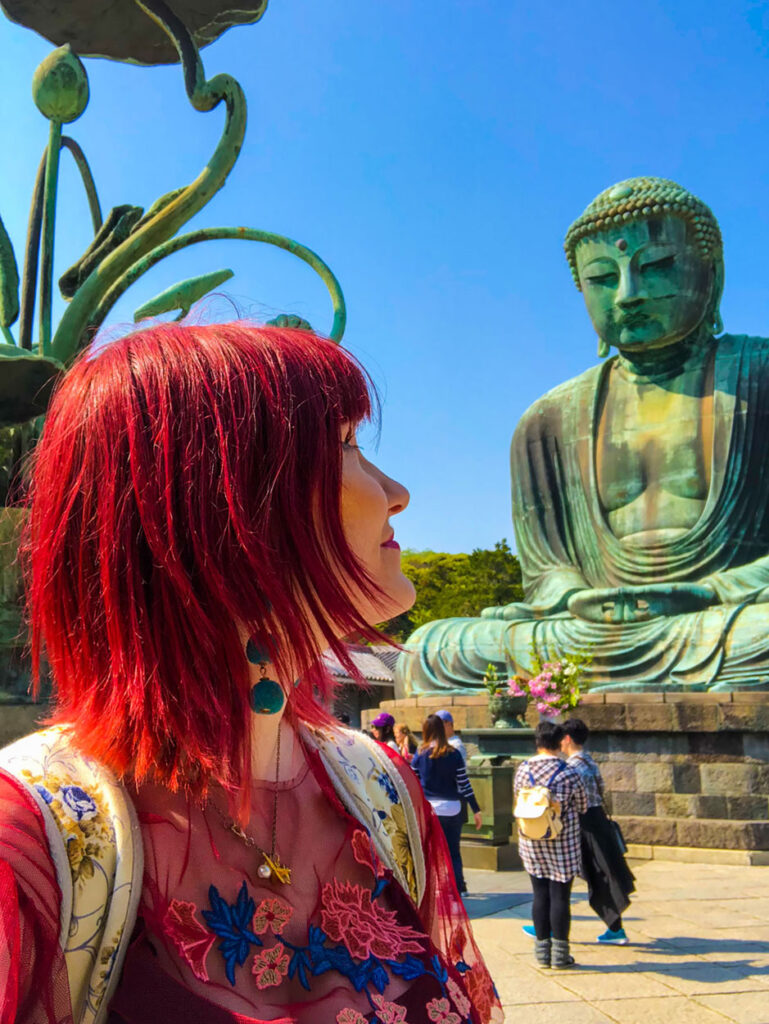


Leave a Comment